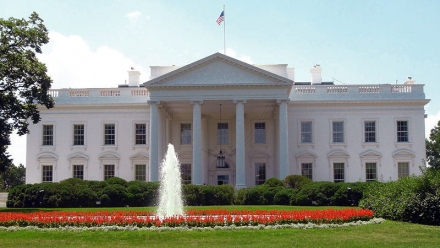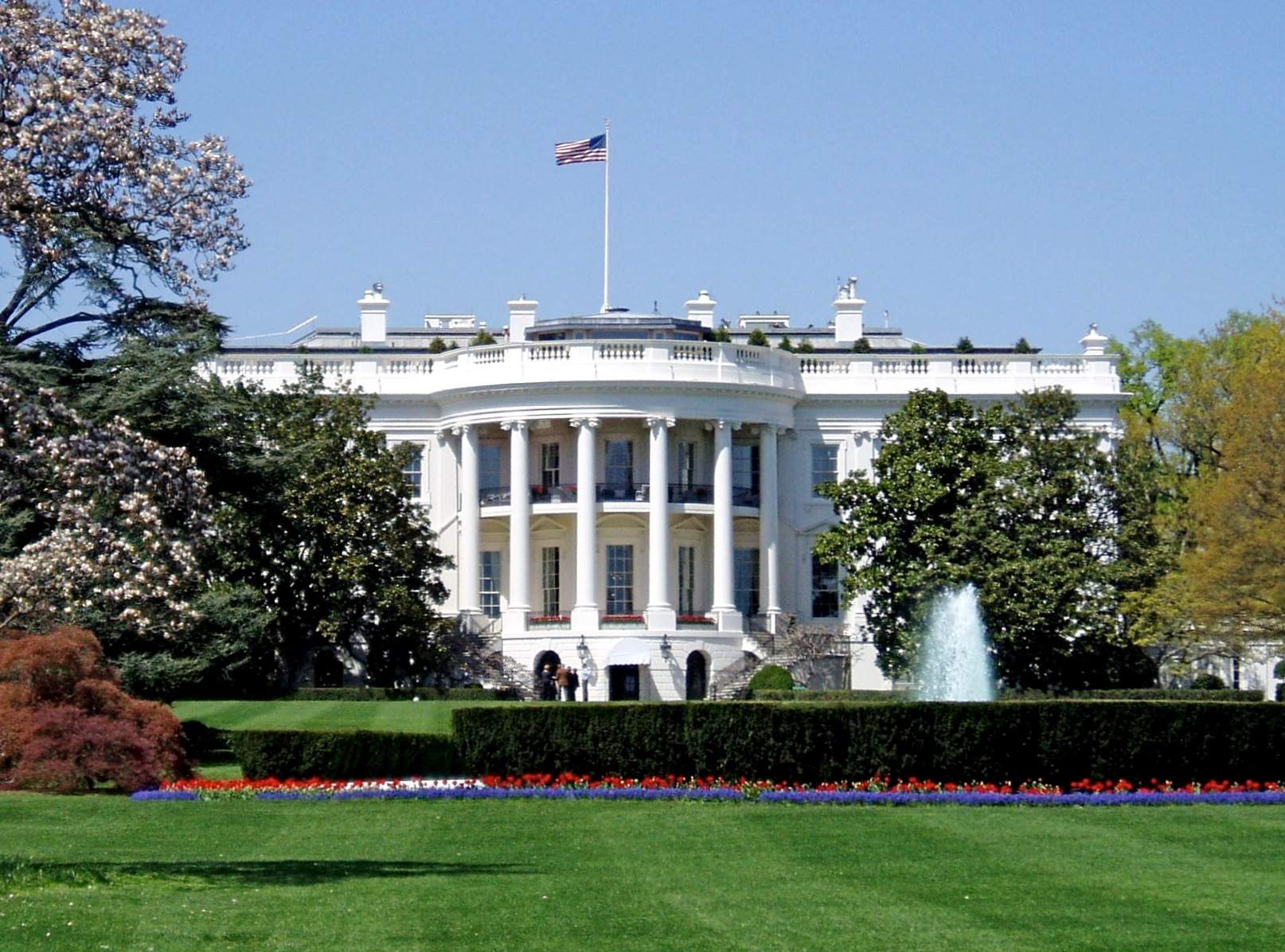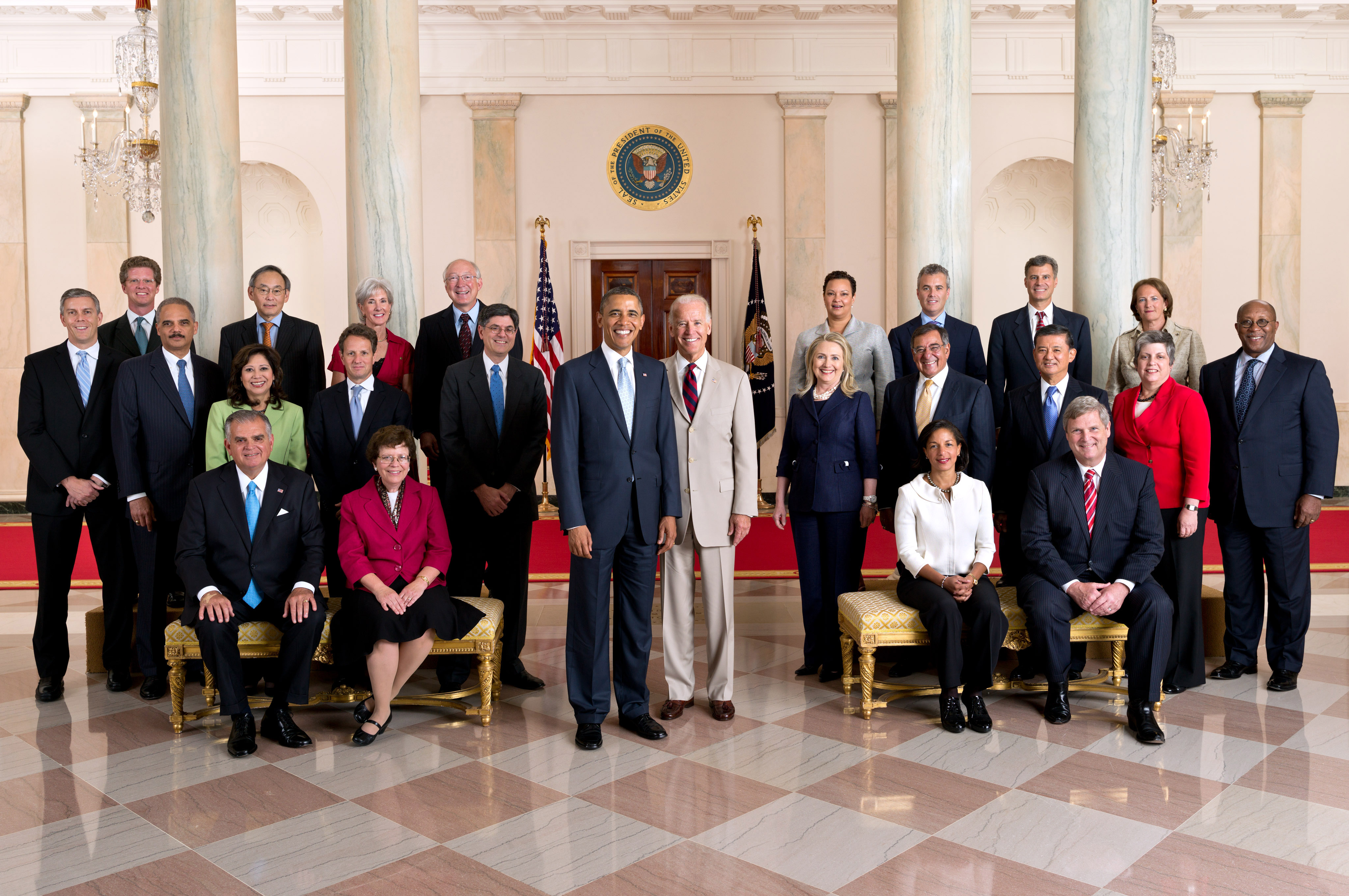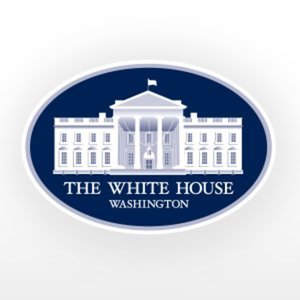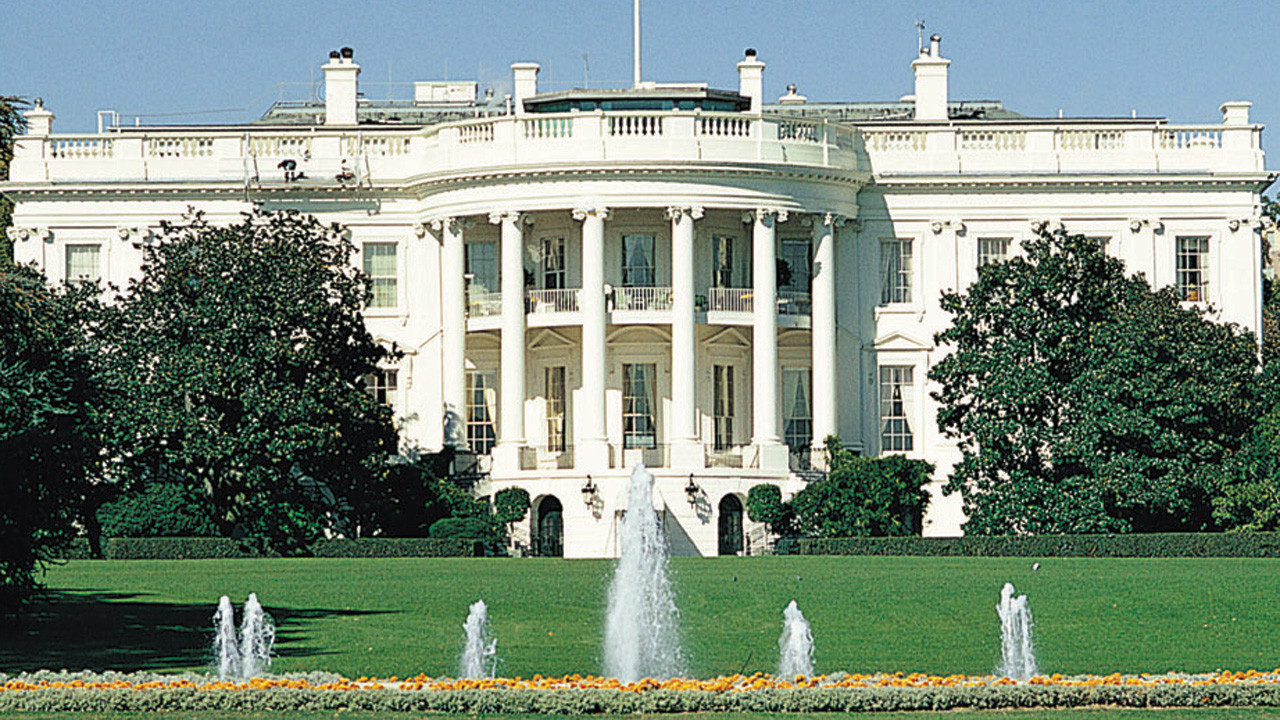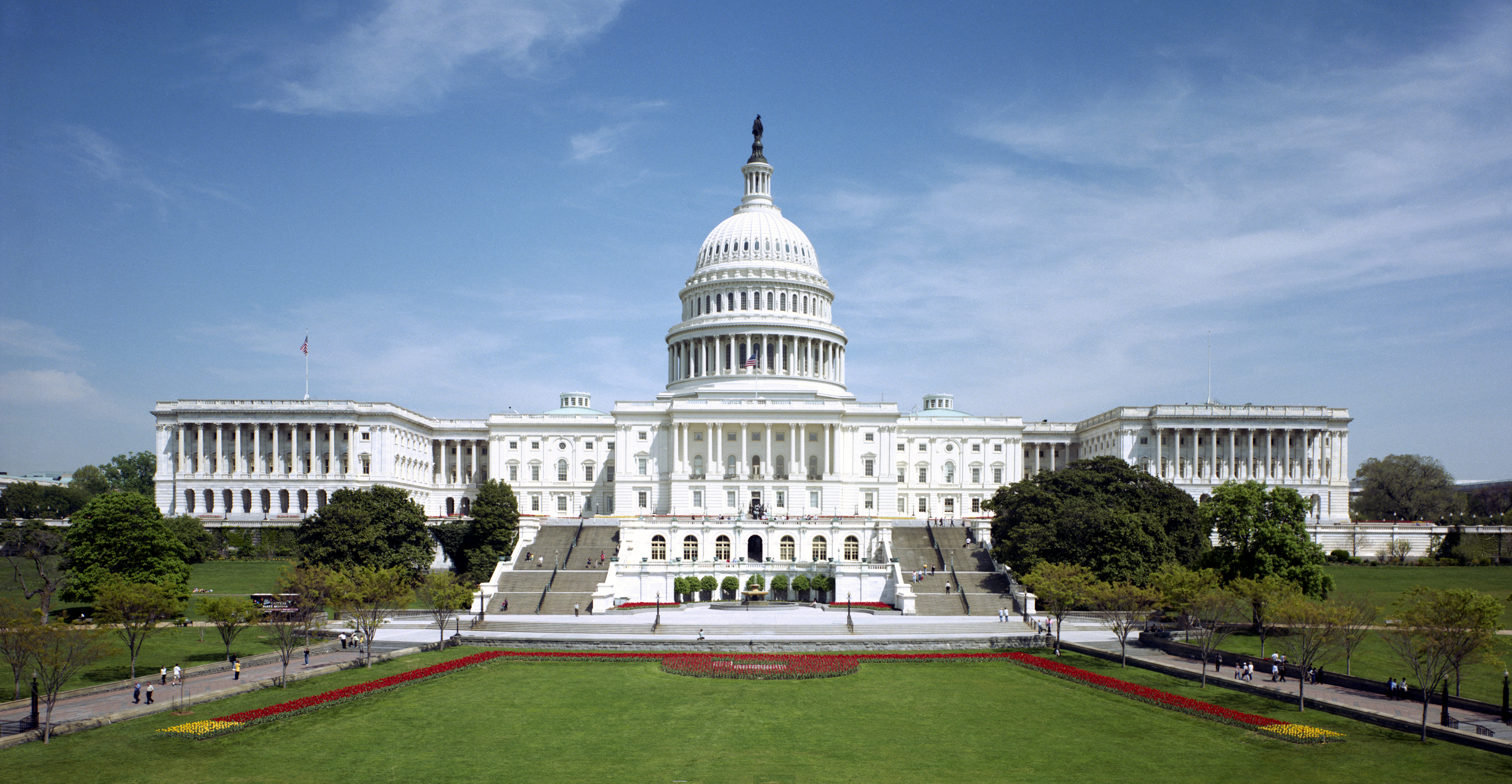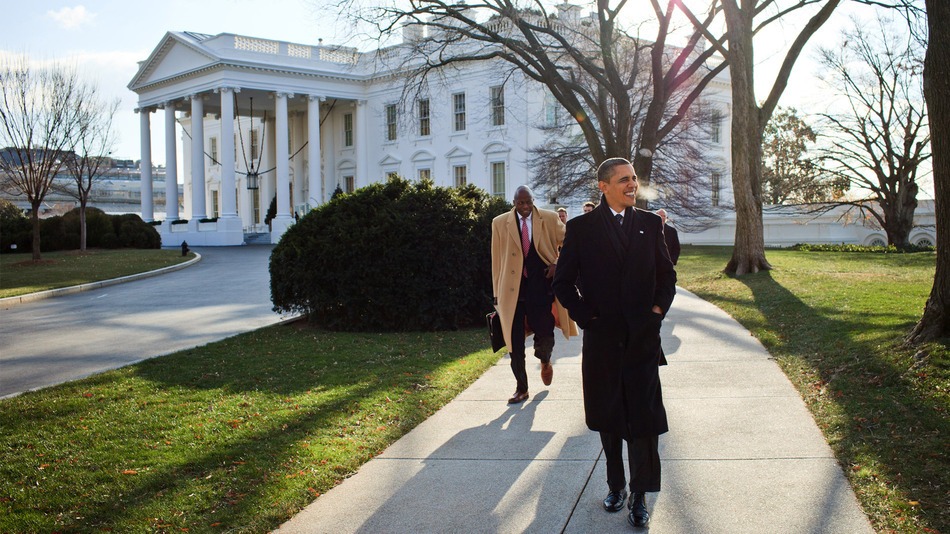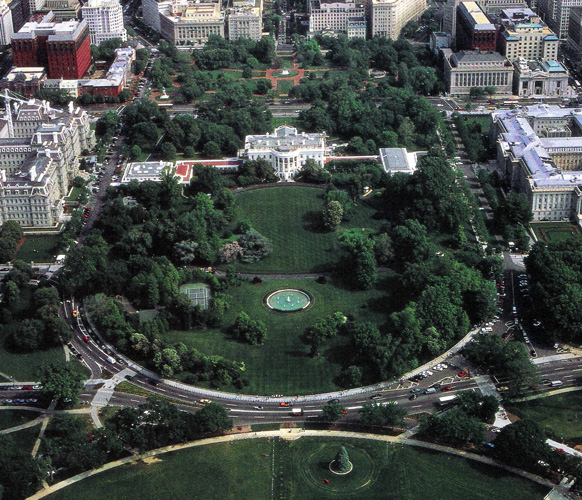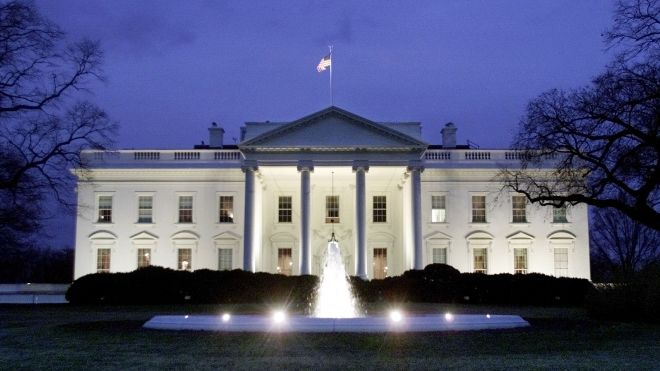White House Facts
For two centuries, the White House has stood as a symbol of the Presidency, the Government of the United States and the American people. Its history, and the history of the nation’s capital, began when President George Washington signed an Act of Congress in December 1790, stating that the federal government would reside in a district “not exceeding ten miles square .. . the Potomac River. ” President Washington, with city planner Pierre L’Enfant, chose the site for the new residence, which is now 1600 Pennsylvania Avenue. As preparations began for the new federal city, a competition was held to find a builder of the “President’s House.” Nine proposals were submitted, and Irish-born architect James Hoban won a gold medal for his practical and handsome design.
Construction began when the first cornerstone was laid in October 1792. Although President Washington oversaw the construction of the house, he never lived. It was not until 1800, when the White House was nearly completed, that its first residents, President John Adams and his wife, Abigail, moved in. Since that time, each President has made his own changes and additions. The White House is, after all, private residence of the President. It is also the only private a head of state that is open to the public, free residence.
The White House has a unique and fascinating history. It survived a fire at the hands of the British in 1814 (during the war of 1812) and another fire in the West Wing in 1929, while Herbert Hoover was President. For much of the presidency of Harry S. Truman, inside the house, with the exception of the third floor, was completely gutted and renovated while the Trumans lived at Blair House, right across Pennsylvania Avenue. Nevertheless, the external stone walls are those first put in place when the White House was constructed two centuries ago.
Presidents can express their individual style in how they decorate some parts of the house and in how they receive the public during their stay. Thomas Jefferson held the first Inaugural open house in 1805. Many who attended the inauguration ceremony at the U.S. Capitol simply followed him home, where he greeted them in the Blue Room. President Jefferson also opened the house for public tours, and it has remained open, except during wartime, ever since. In addition, he welcomed visitors to annual receptions on New Year’s Day and the Fourth of July. In 1829, a horde of 20,000 applicants inaugural forced President Andrew Jackson to flee to the safety of a hotel while, on the lawn, washing aids filled with orange juice and whiskey to lure the mob out of the mud track White House.
After the presidency of Abraham Lincoln, the inaugural crowd became too large for the White House to accommodate comfortably. However, this is only the first presidency of Grover Cleveland did this unsafe practice change. He held a presidential review of the troops from a flag-draped grandstand built in front of the White House. This procession evolved into the official Inaugural parade we know today. Receptions on New Year’s Day and the Fourth of July continued to be held until the early 1930s.
There are 132 rooms, 35 bathrooms, and 6 levels in the residence. There are also 412 doors, 147 windows, 28 fireplaces, 8 staircases, and 3 elevators.
At various times in history, the White House has been known as the “President’s Palace”, the “President’s House” and the “Executive Mansion.” President Theodore Roosevelt officially gave the White House its current name in 1901.
Presidential First in office … President James Polk (1845-1849) was the first president to have his picture taken … President Theodore Roosevelt (1901-1909) was not only the first president to ride in an auto mobile, but also the first president to travel outside the country when he visited Panama … President Franklin Roosevelt (1933-1945) was the first president to ride in an air plane.
With five full-time chefs, the White House kitchen is able to serve dinner to a maximum of 140 guests and hors d’oeuvres to more than 1,000.
The White House requires 570 gallons of paint to cover its outside surface.
For recreation, the White House has a variety of facilities available to its residents, including a tennis court, jogging track, swimming pool, movie theatre and a bowling alley.
White House Dimensions and statistics
The White House is 168 feet (51.2 meters)
The White House is 85 feet 6 inches (26.1 meters) wide without porticoes, 152 feet wide with porticos.
The total height of the White House (on top of the roof) is 70 feet south and 60 feet 4 inches on the north facade (note Lawn parapet) is 60 feet on the south (lawn 54 feet above the sea level) and 50 feet 4 inches on the north.
It takes 300 gallons of white paint to cover the outside of only the portion of the residence of the White House (center), with the exception of East and West wings.
The closing of the White House boasts 18 acres of land.
The White House has 132 rooms, including 16 family rooms, 1 main kitchen, 1 diet kitchen, 1 family kitchen, and 35 bathrooms.
The White House (except storage rooms): 10 rooms on the ground floor, 1 main corridor, 6 bathrooms, 8 rooms on the State Floor, 1 main hall, 1 hall, 16 rooms, 1 main corridor, 6 bathrooms and one toilet on the second floor and 20 rooms, 1 main corridor, 9 bathrooms on the third floor.
Area (6 floors) about 55,000 square feet.
There are 132 rooms, 32 bathrooms, and 6 levels to accommodate all the people who live, work and go to the White House. There are also 412 doors, 147 windows, 28 fireplaces, stairs, 7 and 3 lifts.
At various times in history, the White House has been known as the “President’s Palace”, the “President’s House” and the “Executive Mansion.” President Theodore Roosevelt officially gave the White House its current name in 1901.
The White House receives approximately 6,000 visitors per day.
First Presidential … President John Tyler (1841-1845) was the first president to have his picture taken … President Theodore Roosevelt (1901-1909) was not only the first president to ride in an automobile, but also the first president to travel outside the country when he visited Panama … President Franklin Roosevelt (1933-1945) was the first president to ride in an airplane.
With five full-time chefs, the White House kitchen is able to serve dinner to a maximum of 140 guests and hors d’oeuvres to more than 1,000.
The White House requires 570 gallons of paint to cover its outside surface.
For recreation, the White House has a variety of facilities available to its residents, including a tennis court, jogging track, swimming pool, movie theater, billiard room and a bowling alley.
Sports & Leisure
The tennis court of the White House, the first built in 1902 behind the West Wing, has been moved to the west side of the South Lawn in 1909 to make way for the expansion of executive office space.
An indoor heated swimming pool was built in 1933 for the therapy of Franklin D. Roosevelt, as it has been disabled by polio. During the first term of President Nixon, the space in the west wing has been transformed in the press room of the White House. The Ford administration installed an outdoor swimming pool on the lawn of the South in 1975.
Bowling lanes were first built in 1947 in the basement of the West Wing, but were moved to the Old Executive Office Building in 1955. In 1969, President and Mrs. Nixon, both avid bowlers, had a lane to a road built in an area of the workspace underground below the driveway leading to the North Portico.
A small cinema, converted from a long cloakroom, was installed in the east wing in 1942.
A games room with pool tables and ping pong was built in 1970 on the third floor of the White House.
A jogging track was built around the park alley South during the first term of President Clinton.
President Eisenhower had a putting green installed outside the Oval Office with a small sand trap on one side. A new practice green is located on the grounds of the South in 1996.
Services & comfort life
The first bath at the White House were portable and tin were transported water in buckets.
Running water was sent to the White House in 1833.
Gaslighting installed at the White House in 1848, replaced candles and oil lamps.
A central heating system was installed in the White House in 1837 when many people still warmed with a wood fire or coal.
Hot water was channeled in a bathroom of the first family on the second floor in 1853.
In 1801, a stove replaced the fireplace, fireplace in the kitchen to prepare meals.
The White House had its first hydraulic lift installed in 1881, the first electric elevator in 1898.
Technology & Communications
The White House has installed its first telegraph office in 1866.
Staff at the White House began using typewriters in 1880.
Electricity was installed in the White House in 1891.
Vacuum cleaners were used for the first time on the carpet of the White House in 1922.
The White House has acquired its first electric refrigerator in 1926.
Technicians installed air conditioning in the private apartments of the White House in 1933.
President Truman used the White House as a film set for presidential speeches and held a televised tour of the White House, recently renovated, with new journalist Walter Cronkite in 1952.
President Eisenhower gave the first televised presidential news conference in 1955, the first conference live news television aired during the Kennedy administration.
Photos Of White House

